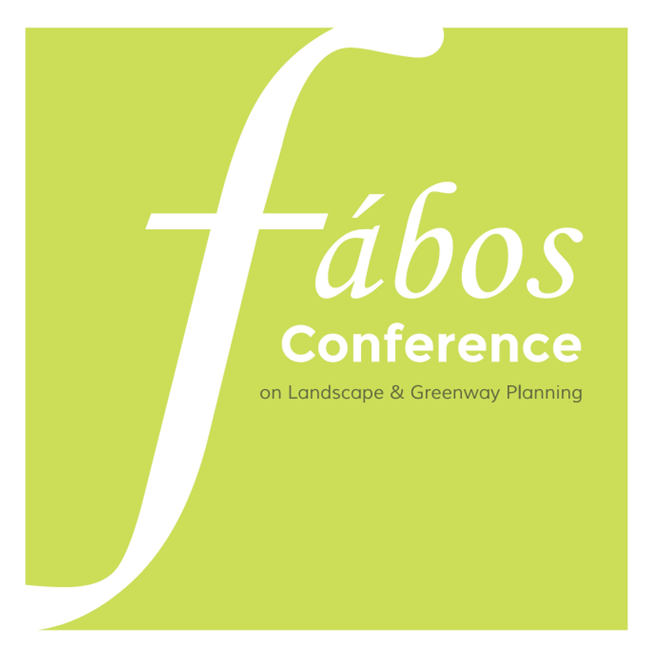Climatic Resilience Assessment of the Green-Blue River Corridors in Mountainous Area: a Case of Beijing
Abstract
Climate change has led to a significant increase in the intensity and frequency of extreme meteorological events, resulting in a substantial increase in flood risk for a large area of China's territory in the monsoon region. In the northern regions, the spatiotemporal concentration of rainfall is high, and the mountain rivers have strong seasonal characteristics with short sources and rapid flows, causing a surge in the flow of green-blue river corridors in mountainous valleys during the rainy season. At the same time, the mountainous gully areas are important concentrated areas for exploitable land in mountainous regions, with a large number of rural settlements and production and living land concentrated around the green-blue river corridors in the mountainous valleys. Therefore, the climate resilience of green-blue river corridors in mountainous areas is an important challenge for the future, and forward-looking research is urgently needed. Taking the Yongding River Basin in Beijing as an example, using CMIP6 data and adopting the Delta downscaling method, precipitation with return periods of 20, 50, and 100 years under the SSP126, SSP245, and SSP585 scenarios for the period of 2070-2100 is predicted. The SWMM coupled with the HEC-RAS two-dimensional hydrodynamic model is applied to simulate the flood resilience of the green-blue river corridor area under extreme precipitation conditions. The results show: (1) Overall, the risk of village inundation is relatively high in the downstream of the Qingshui River and at the exit of the Yongding River mountain gorge. The peak flow, flood extent, and depth of inundation in the river channel under the three future SSP scenarios are all significantly increased. (2) In villages with small settlements, 35.2% have no risk of inundation under the rainfall intensity of each return period in the future climate change scenarios. (3) Most villages with inundation areas higher than 90% are located on both sides of the Qingshui River. The inundation area of the far-water type settlements is 2.9%-61.6% less than that of the near-water type settlements, and the depth of inundation is 0.36-3.81m lower.
Keywords: climate change, green-blue river corridor, resilient landscape, mountainous area, flood risk
How to Cite:
Sun, Z., Wu, Q., Cui, Z., Jiang, J., Zheng, L. & Jia, Y., (2025) “Climatic Resilience Assessment of the Green-Blue River Corridors in Mountainous Area: a Case of Beijing”, Fábos Conference on Landscape and Greenway Planning 8(1). doi: https://doi.org/10.7275/fabos.2391
203 Views
64 Downloads
